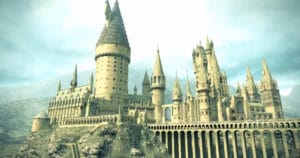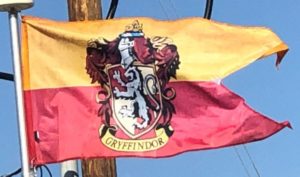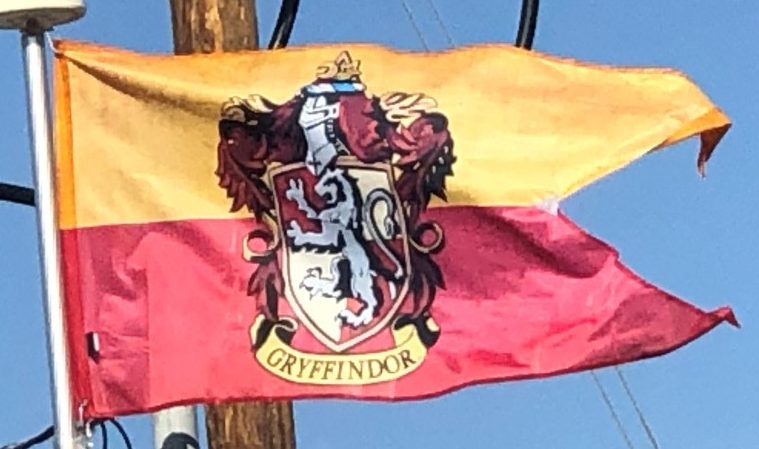Introduction to Hogwarts:
Hogwarts School of Witchcraft and Wizardry, commonly shortened to Hogwarts, is a fictional British school of magic for students aged eleven to eighteen, and is the primary setting for the first six books in J.K. Rowling’s Harry Potter series.
J. K. Rowling says she visualises Hogwarts, in its entirety, to be: A huge, rambling, quite scary-looking castle, with a jumble of towers and battlements. Like the Weasleys’ house, it isn’t a building that Muggles could build, because it is supported by magic.

In the novels, Hogwarts is somewhere in Scotland. The school is depicted as having numerous charms and spells on and around it that make it impossible for a Muggle to locate it. Muggles cannot see the school; rather, they see only ruins and several warnings of danger. The castle’s setting is described as having extensive grounds with sloping lawns, flowerbeds and vegetable patches, a loch (called The Black Lake), a large dense forest (called the Forbidden Forest), several greenhouses and other outbuildings, and a full-size Quidditch pitch. There is also an owlery, which houses all the owls owned by the school and those owned by students. Some rooms in the school tend to “move around”, and so do the stairs in the grand staircase. Witches and wizards cannot Apparate or Disapparate in Hogwarts grounds, except when the Headmaster lifts the enchantment, whether only in certain areas or for the entire campus, so as to make the school less vulnerable when it serves the headmaster to allow Apparition. Electricity and electronic devices are not found at Hogwarts. In Harry Potter and the Goblet of Fire, Hermione indicates that due to the high levels of magic, “substitutes for magic (that) Muggles use” such as computers, radar and electricity “go haywire” around Hogwarts. Radios however, make an exception. Rowling explains this by saying that the radios are not powered by electricity but by magic.

Hogwarts is on the shore of a lake, sometimes called the Black Lake. In that lake are merpeople, Grindylows, and a giant squid. The giant squid does not attack humans and sometimes acts as a lifeguard when students are in the lake.
Hogwarts is a coeducational, secondary boarding school, taking children from ages eleven to eighteen. Education at Hogwarts is not compulsory, with some students being home schooled as stated in the seventh book. Rowling initially said there are about one thousand students at Hogwarts. She later suggested around six hundred, while acknowledging that this number was still inconsistent with the small number of people in Harry’s year. She further explained that this had resulted from her creating only 40 characters for Harry’s year.
Admission to Hogwarts:
According to the novels, admission to Hogwarts is selective, in that children who show magical ability will automatically gain a place, and squibs cannot attend the school as students. A magical quill at Hogwarts detects the birth of magical children and writes their names into a large parchment book, but there is no admission test because “you are either magical or you are not.” Every year, a teacher checks this book and sends a letter to the children who are turning eleven. Acceptance or refusal of a place at Hogwarts must be posted by 31 July. The letter also contains a list of supplies like spell books, uniform, and other things that the student will need. The prospective student is expected to buy all the necessary materials, normally from shops in Diagon Alley, a concealed street near Charing Cross Road in London that can be found behind the wizarding pub, The Leaky Cauldron. Students who cannot afford their supplies can receive financial aid from the school, as happened with the young orphan Tom Riddle.
